 The EFL Cup or English League Cup has been known by many different names over the years. Currently sponsored by Carabao, it has been previously known as the Capital One, Carling, Coca-Cola and Rumbelows Cup.
The EFL Cup or English League Cup has been known by many different names over the years. Currently sponsored by Carabao, it has been previously known as the Capital One, Carling, Coca-Cola and Rumbelows Cup.
Although not as prestigious as the FA Cup, it is seen as a major trophy and has been won by one of the Premier League’s ‘big 6’ for the last seven seasons.
League Cup, EFL Cup, Carabao Cup… it’s Hard to Keep up!
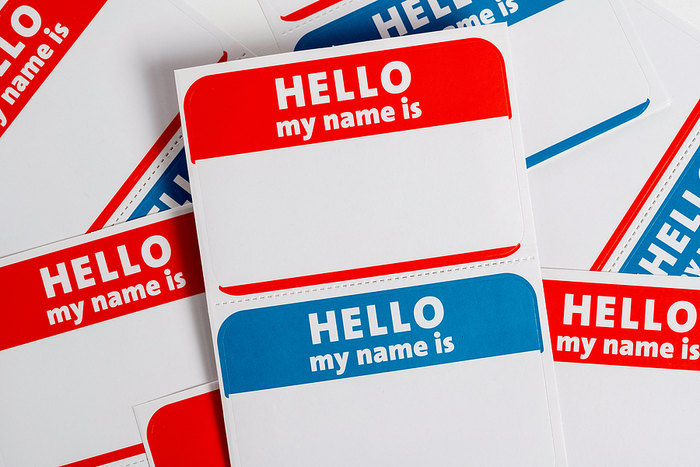
The League Cup has changed its name more times than Cheryl Cole (or whatever she’s called now!) but it is the secondary domestic cup competition in English men’s football. It can’t match the FA Cup for history, glamour, prestige or romance but, as the first piece of real silverware up for grabs each season, it retains a certain unique appeal.
As of the 2020-21 season the League Cup is officially called the EFL Cup, or, for sponsorship purposes, the Carabao Cup. Throughout this article, we’ll use those terms interchangeably and, unless stated, facts and figures are correct as of the 2020-21 competition.
Perhaps the one area the League Cup is a match for the FA Cup is when it comes to betting. Especially as the competition wears on, the range of betting options is astounding, whilst an outright bet on the League Cup can give you a nice early payout in February. In this feature we take a closer look at the competition and as well as betting strategies we’ve also got some great trivia, along with a little bit of history and some information about the structure and format of how the cup plays out.
League Cup Trivia
We’re going to start with some light-hearted facts and stats about the EFL Cup just to get us warmed up. Maybe our top 12 facts will help you impress your friends, bore your partner, or maybe, just maybe, win the local pub quiz.
- Rush and Heskey – Ian Rush and Emile Heskey have both played in a record six League Cup finals
- 32 – a 2016 League Cup penalty shootout between Derby and Carlisle saw a record 32 penalties!
- Runners-up – Arsenal have made eight finals (only Liverpool and Manchester United have made more) but have lost six of those
- Three-play – in the glorious days of replays, the 1977 League Cup final was played at Wembley (0-0) before a replay and extra time at Hillsborough and then, finally, a decisive game at Old Trafford. Even the third game needed extra time, Villa eventually winning 3-2
- Alan Hardaker – since 1990 the best player in the final has been awarded the Alan Hardaker Trophy, named in honour of a Football League administrator and wartime Royal Navy officer who hailed from Hull
- Youth – the EFL Cup is often used as a chance to give youngsters a game and Harvey Elliott is the youngest of the competition’s young, having turned out for Fulham at the age of 15 years and 174 days in 2018
- 49 – Ian Rush and Geoff Hurst are tied on 49 League Cup goals as the top competition scorers
- What has Two Legs and One Cup? – the League Cup final was played over two legs for the first six seasons, the sides playing home and away. In 1967 the final was moved to Wembley
- Drink! – the EFL Cup has had eight sponsors, with five of them being drinks companies, including the Milk Marketing Board when it was called the Milk Cup!
- 100,000 – the biggest official attendance for a League Cup final was recorded in 1971, 1973, 1976, 1977, 1982 and 1985. The smallest came in 1962 as just 11,123 watched Rochdale host Norwich
EFL Cup Betting Strategy

In a Champions League or Premier League game you can usually safely assume that both teams will be going all out to win the match at all costs. However, in the League Cup, this is not always the case and so this brings into play a number of factors.
As already said, there are lots and lots of options for when it comes to betting on the League Cup. From early ante post bets on who will win or make the final to specials such as who will be the top scorer or at what stage a side will get knocked out, you are spoiled for choice. Throw in hundreds of markets on each individual match and you really do have lots and lots to go at.
The League Cup features all 92 sides in the Premier League and English Football League (EFL) and with various byes that creates a cup of 83 matches. With games played from mid-August through to late February, that’s a lot of games to potentially win on and a lot of time to get involved with betting on the League Cup.
But, where should you start? We have betting tips and free bets elsewhere on the site but here we have got more of a strategic guide on how to bet on the League Cup. Ultimately the League Cup is about football and so checking out our football betting strategy guide is a great place to start for some general information. However, we’ve also got a little bit of info that relates more specifically to this event.
When deciding on who will win a given game, or even to a lesser extent who might go all the way and lift the trophy, be sure to consider the following.
Make Hay in the Early Rounds

We’ve offered up the same tip, more or less, for every cup and competition and that is to try and delve into the games that fewer punters are interested in. If a lot of people are betting on an event then it is imperative that the bookie gets their odds right. An error on the League Cup final could cost them a lot of money and so they spend a lot of time and resources making sure their odds are as tight as possible.
In contrast, for the earlier rounds, where two League Two minnows may be going head to head, there is far less interest from most punters. As such the bookies have less incentive to invest the staff hours needed to consider all information and all angles. For the canny football bettor or the fan of one of the smaller sides armed with a little local knowledge, this can mean getting a value bet is a real possibility.
Resting Players

All professional English football sides have hugely congested fixture lists and, sadly, the League Cup is often not a priority, especially for the sides at the top of the footballing tree. Premier League clubs, in particular, are likely to rest players and give fringe squad members and youngsters some game time. It’s especially worth looking out for if a side has a big game either side of the EFL Cup fixture, or whether they are involved in a battle at either end of the table (in any division) as that is likely to be the focus of their attention and efforts.
In terms of team news, local news sources are a good option but increasingly many clubs announce their teams on Twitter. If you keep a very close eye on official Twitter feeds you may just be able to grab some surprise team news ahead of the bookies and the market.
Rotated Might Not Mean Weaker

Trying to assess the true odds and probabilities is a complex matter in sports betting, especially in a team sport like football. There are 11 players on each side and whilst you might think a changed team is a weaker one, the reality may be different.
Incoming players may well have a point to prove and could actually strengthen the side. Whilst a first team star, if picked, may not fancy a midweek away day against lower league opposition, a fringe player or young tyro may just think this is the perfect chance for them to impress the manager.
Another factor to consider is the strength in depth the top teams have nowadays. Sides like Manchester City can make a number of changes and still field a team of international footballers with a number of £30m+ players. This factor can be especially pertinent when both sides are likely to make changes, with the bigger, better side less likely to feel the impact of rotation.
League Cup Pedigree
For a variety of reasons some teams just seem to do better in the League Cup than others. More than likely this may have begun as simply coincidence and statistical variance. However, over the years, past performances can develop either confidence or trepidation and so what may have begun as meaningless “noise”, now becomes a “signal” worth thinking about.
Teams can enjoy periodic success in the EFL Cup and begin to believe it is a competition they can succeed in. On the other hand, a Premier League side who has endured a run of losses to lower league clubs may approach it with a sense of trepidation.
In the late 1990s and early 2000s Leicester City punched well above their weight in the League Cup, winning it twice and losing another final. Chelsea have also enjoyed a run of success, whilst it is definitely worth noting that Man City have won five of seven EFL Cups since 2014.
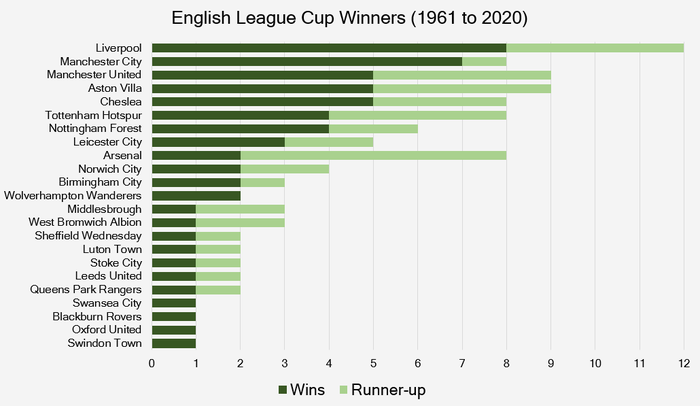
The most successful clubs in the history of the competition are:
- Liverpool – the Reds have eight wins from 12 finals
- Manchester City – seven wins, runners-up on one occasion
- Manchester United – United have won five times and been runners-up four times
- Aston Villa – five wins from nine finals
- Chelsea – five wins, three-time runners-up
At the other end of the spectrum, Everton have never won the competition, surprising for a club that have won so many league and FA Cup trophies. They have also suffered a number of upsets in the League Cup in recent years, as have Man United. The Red Devils may feel this is not a cup for them after being eliminated by Derby in 2018 and Bristol City the year before that. Looking further back they were knocked out by lowly York City in 1995, Southend in 2006, MK Dons in 2014 and Middlesbrough in 2015.
History and Background
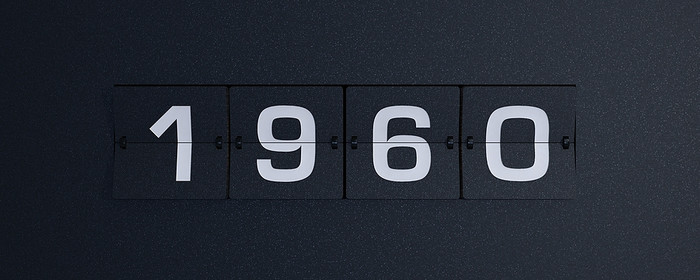
Compared to many major football competitions the League Cup is a mere baby. The FA Cup was founded all the way back in the 1871-72 season; in contrast the first League Cup was played as recently as the 1960/1961 season.
It began shortly after the advent of European football in the 1950s and was both a response to the growing popularity of that and also against the power of the FA. It was felt a secondary competition could be used by clubs suffering early elimination from the FA Cup and the idea was first mooted by Stanley Rous.
Rous was sixth President of FIFA and had previously been the secretary of the FA. Ultimately it was Football League Secretary Alan Hardaker (after whom the Alan Hardaker award is named) who got the competition off the ground.
Attendances were dwindling and it was felt a move to have fewer league fixtures would help this. However, in order to offset the loss of revenue, a second cup competition seemed a good idea. It also allowed the Football League to limit the power of the FA.
Let There be Light
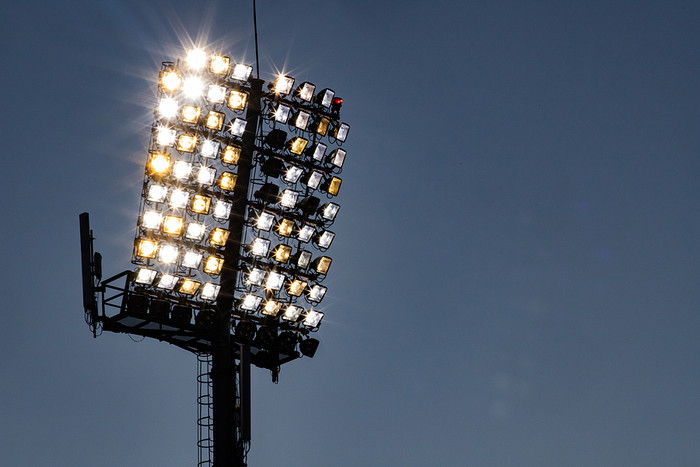
Aside from the various power struggles within the game, the most important factor in the establishment of the League Cup was the advent of floodlights. During the late 1950s many sides built lights onto their stadia and this facilitated games taking place during midweek in the evenings. The League Cup actually replaced the Southern Professional Floodlit Cup and was initially quite specifically a midweek, floodlit competition.
Initially there was opposition to the new cup from the major clubs. As said, this was a time when European club football was beginning to really expand and the richest clubs felt that more competition between the biggest clubs on the continent would be more lucrative.
Nonetheless, the League Cup was held in the 1960-61 season, after 16 clubs opposed it and 31 voted for it to go ahead. Villa were the first winners and have since won the League Cup a further four times.
As said, the League Cup is a low priority for many clubs but it may surprise some that this is not a modern scourge we can put down to the riches on offer elsewhere. In fact, from its early years, clubs have not wanted to compete in the League Cup.
Initially a number of top sides didn’t take part, but when UEFA agreed to grant the winners of the League Cup a UEFA Cup spot that soon changed. In 1968 Man United were the only side to refuse their invitation to play until Everton refused to compete in 1970-71 (in order to try and win the European Cup that year).
Following Everton’s actions it was made compulsory for all Football League teams to enter the EFL Cup. Whilst it remains very much the third most prized competition in English football, for many fans the League Cup is their best chance of seeing their club lift silverware.
In addition, the EFL Cup offers some of these lesser teams a chance to play in Europe. Only the EFL Cup in England offers a European place for a league’s secondary cup winners. This double chance at glory gives the League Cup a magic of its own and no winner in February ever claims the competition is an irrelevance.
What is the League Cup and How Does it Work?
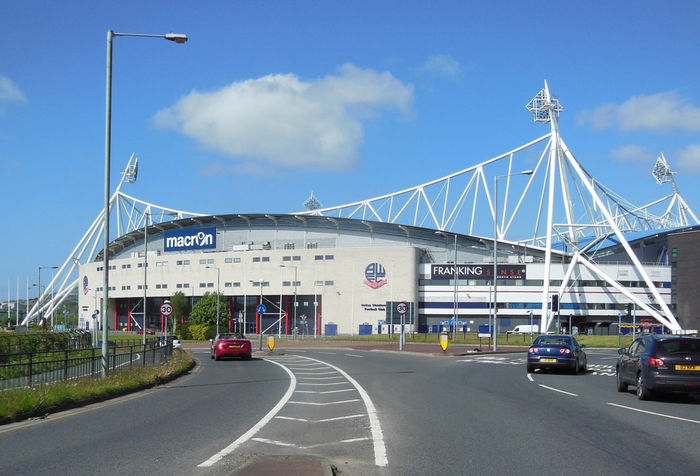
Photo © Ian S (cc-by-sa/2.0)
If you’ve got this far and you still don’t know what the EFL Cup is then we admire your commitment to the cause. And your reward is a very simple answer: the English Football League Cup is a cup solely for the 20 Premier League sides and 72 teams of the EFL.
The format has changed numerous times over the years depending on the number of teams entering. The biggest change over the years has been the removal of two-legged ties, which now exist only for the semi-finals. More recently there have been changes to how drawn games are contested and other minor tweaks to various processes.
The 2020-21 EFL Cup saw teams enter as below, with ties decided by a random, unseeded draw, although for rounds 1 and 2 teams were divided into North and South groups for logistical purposes.
- First Round – 70 teams from Leagues 1 and 2 and the Championship
- Second Round – 35 winners from the 1st round are joined by 13 Premier League teams not playing in Europe and the two Championship sides who had finished 18th and 19th in the Premier League the preceding season
- Third Round – 25 winners joined by seven Premier League sides involved in the Champions or Europa League
- Fourth Round – no new sides enter, with just the 16 winners from the third round
- Fifth Round – as above, with the eight winners meeting in the quarters
- Semi Finals – the four victors from R5 are drawn and play home and away for a place at Wembley
- Final – aggregate winners (after extra time in the second leg if needed, then the away goals rule, then penalties) compete at Wembley for the EFL Cup
What’s it Called Again?
As previously said, we’ve used the various current names of the competition interchangeably. However, the competition has gone by many a name over the years and here they all are. Now, if someone can provide us with a timeline for Cheryl Cole we’d be most appreciative.
- Football League Cup – 1961-1981, no sponsor
- Milk Cup – 1982-1986, sponsored by the Milk Marketing Board
- Littlewoods Challenge Cup – 1987-1990
- Rumbelows Cup – 1991-1992
- Coca-Cola Cup – 1993-1998
- Worthington Cup – 1999-2003
- Carling Cup – 2004-2012
- Capital One Cup – 2013-2016
- EFL Cup – 2017, no sponsor
- Carabao Cup – 2018 onwards
